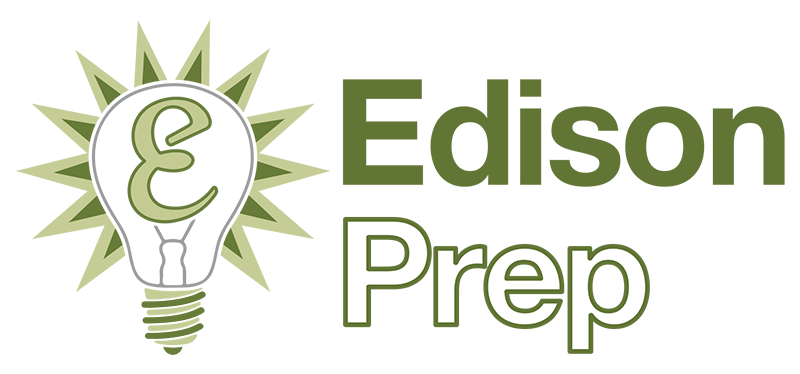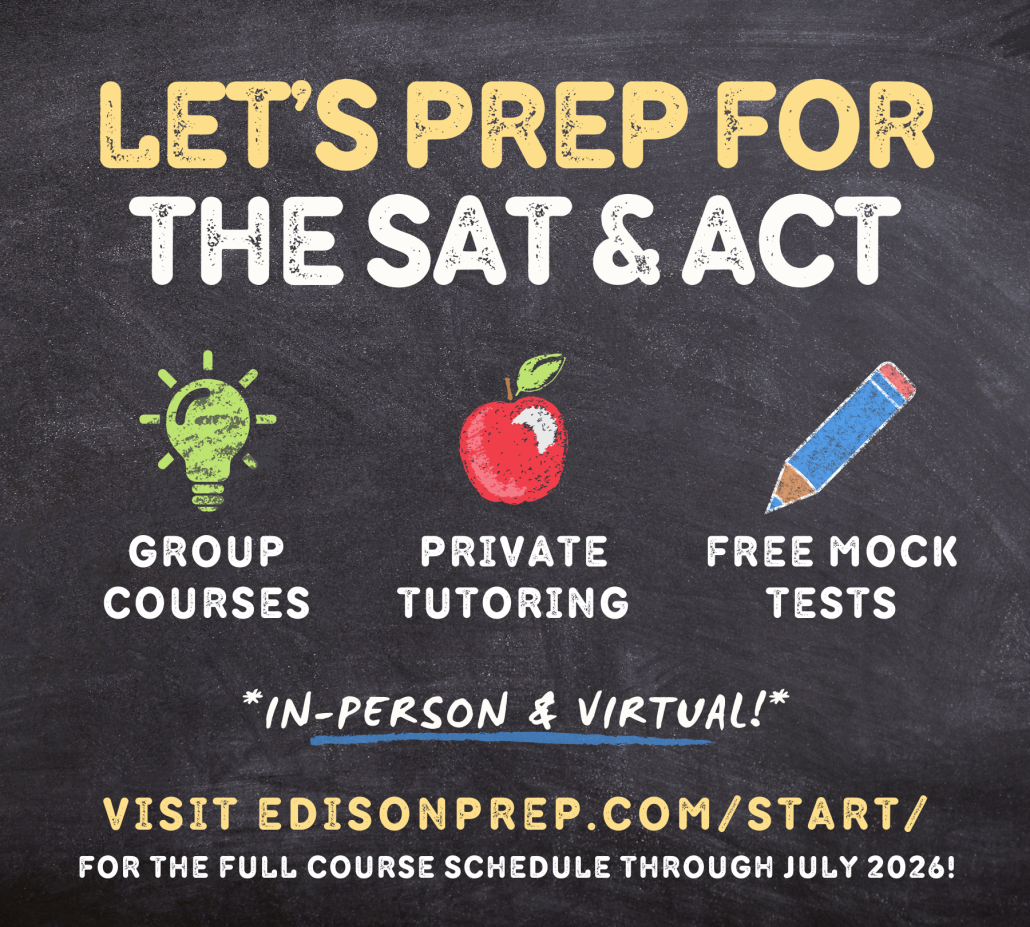Addressing the College Board’s Environmental Context Dashboard (ECD, AKA the “adversity score”)
When the May 16th Wall Street Journal article about the College Board’s so-called “adversity index” came out, it broke the internet for a few days. We received over 90 phone calls, emails, and texts about it in a three-day span, and we’re just a two-person company.
Most tutors we know waited for the smoke to clear before taking a public stance, since many of the first articles that dropped after the big WSJ article would inevitably contain “hot takes” from freshly-minted journalists rushing to make deadline at the cost of clarity and accuracy; misquotes were inevitable. So we waited.
Now that initial reactions have tempered, we wanted to offer a few of our thoughts regarding the College Board’s Environmental Context Dashboard (ECD) that are a bit different than the initial crush of articles and thinkpieces that our clients likely read in the mainstream media.
It comes down to this: Many of the articles that have been written make it sound like the ECD is going to have a huge positive impact or a huge negative impact, but we just see it as an often-weaker route to what colleges are already doing (and will continue to do).
The ECD could potentially impact four key pieces of the admissions process:
1) Maintaining Yield: Colleges that care to have and use this kind of demographic information already do, and have for some time, and often with much greater precision than the blunt census tract data, GreatSchools.org data, and other data that mostly exists on “high school profile” documents that are sent with applicants’ transcripts (the very same data that populates most of the ECD). Many colleges also have long-running, multi-million dollar contracts and even custom-built proprietary software they’ve created with pricey enrollment consultants who use “big data” and help them massage the applicant class to help them build the desired class blend by major, gender, state of residence, financial ability to pay, and other demographic variables. There will be some universities that don’t have the resources or desire to create or maintain such a system on their own; those schools may find this new tool very useful. Undershooting or overshooting a school’s desired matriculation numbers (“yield”) can be a seven- or eight-figure mistake, and many admissions officers lose their jobs the day after the “Deposit Day” of May 1st, just like in college football, based on those outcomes. Yield projection is big business, with big consequences.
2) Reading Scores With Context: Colleges admissions officers already read all applications for “context” without the assistance of this new tool. Edison Prep has had students from over 140 very different high schools hailing from over 25 of Georgia’s counties and over 7 states in the last year. When we hear admissions decisions from past clients, we see widely disparate results based upon students’ profiles. Our lowest-scoring student who got into Vanderbilt this year earned a 27 on the ACT, while our highest scoring student who was denied from Vanderbilt (and Early Decision to boot!) had a perfect 36, as will be the case every year. The two students had similar GPA and rigor statistics, but very little else in common beyond the big GPA/ACT numbers. Those two students’ contexts were extremely different. The reason? Aside from the occasional student who might apply to the University of Montana from Atlanta, most colleges already have detailed, laser-precision dossiers on each high school: the types of students, the relative level of grade inflation and deflation, number of AP courses offered, and historical look-back data at how well students from High School X did once enrolled at their institution. The famous 80/20 rule may even be the 90/10 rule at many colleges, where 90% of their applicants will likely hail from well under 10% of high schools in the US, which leads to familiarity with high schools over time.
3) Financial Stewardship: Colleges are still businesses that have to keep the lights on. Brian used to work in hospital administration, and it’s a fact that unless XX% of a hospital’s patients have Blue Cross or Cigna, it’s impossible for the hospital to financially break even, much less provide assistance to those with Medicaid or charity care. This is analogous to colleges when enrolling their classes. In this analogy, Blue Cross is full-pay students and Medicaid and charity care represent those with financial need. Edison Prep’s founders are grateful for the full-pay students at our alma mater who sometimes had inferior stats and/or questionable Division III athletic talents, but whose financial contributions allowed Washington University in St. Louis to cover 100% of our personal college costs. All but the most well-endowed universities are extremely “tuition-driven” and rely on those all-important full-pay students to make the ship run.
4) Maintaining the Status Quo: The ECD score could come meaningfully into play if the Supreme Court strikes down the usage of affirmative action in college admissions. The College Board strategically avoided any race or ethnicity information in its ECD calculations. All of us in the industry observed what happened to the entering classes at the UC system’s most elite universities after California’s Proposition 209 banning the use of race in admissions was passed back in 1996, recovering somewhat over the last 23 years, but not fully (See page 22). If this occurs, the ECD would likely allow colleges not to radically change what they’re doing, but simply maintain the “reading for context” status quo.
Questions? Please reach out to us at [email protected].









